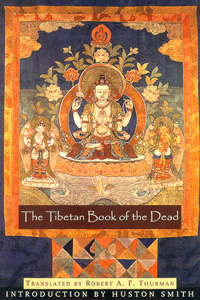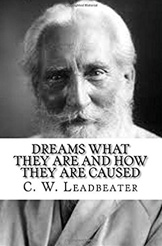I Work 24/7, but don't call me a Work-A-Holic
Submitted by Edgar Reyes on Fri, 05/24/2019 - 21:23Through this site -through working out my ideas here and bouncing some of them off the other people here- I'm starting to come to the notion that I am always at work. I am always working on something. That something is not what it may appear to be to an outside observer. It is not the work project I'm doing, nor the house chores, nor the fixing of my car or the writing of a computer program. No, it may only appear that those are the things I'm working on. The real thing that I am working on on is my consciousness -the the lens through which I perceive my life experiences.
I am going through some pretty challenging times in my personal life at the moment, and every day affords me ample opportunity to face fears and frustrations and to decide whether to face them in the same old ways or in new ways. I've surprised myself many times now... sometimes on the positive side (as in, "wow, that went much better than I ever expected!"), and sometimes on the not so positive (as in, "really?? I still behave like that??"). Either way, I'm learning and growing a lot right now. Through it, the biggest and toughest lesson I'm learning is to welcome the process of learning and growing.
In that last sentence, I stalled on the word "welcome" for quite some time. I had initially written "love", but honestly, learning and growing is very uncomfortable, and who loves being uncomfortable all the time? Yet, I know that the change I so desperately want for myself and my life is on the other side of that discomfort. The only way to free myself from the self-created, tortuous prison of my core beliefs about myself and the world around me is to push myself through those fears and discover them to be what they've always been: lies.
In our dream life, in the subtle world, our fears can and do manifest as the objects, people, and/or situations we find in there. A few times I have squarely faced down personified fears in my dreams and awakened the next day with a vary real increased sense of vitality and strength that stayed with me for days after the experience. In other words, those subtle world experiences changed the lense through which I perceive my life experiences -i.e., my consciousness.
We all work on our consciounesses 24/7. There's no escaping it. So why don't we try to make the most of it? Smile!



